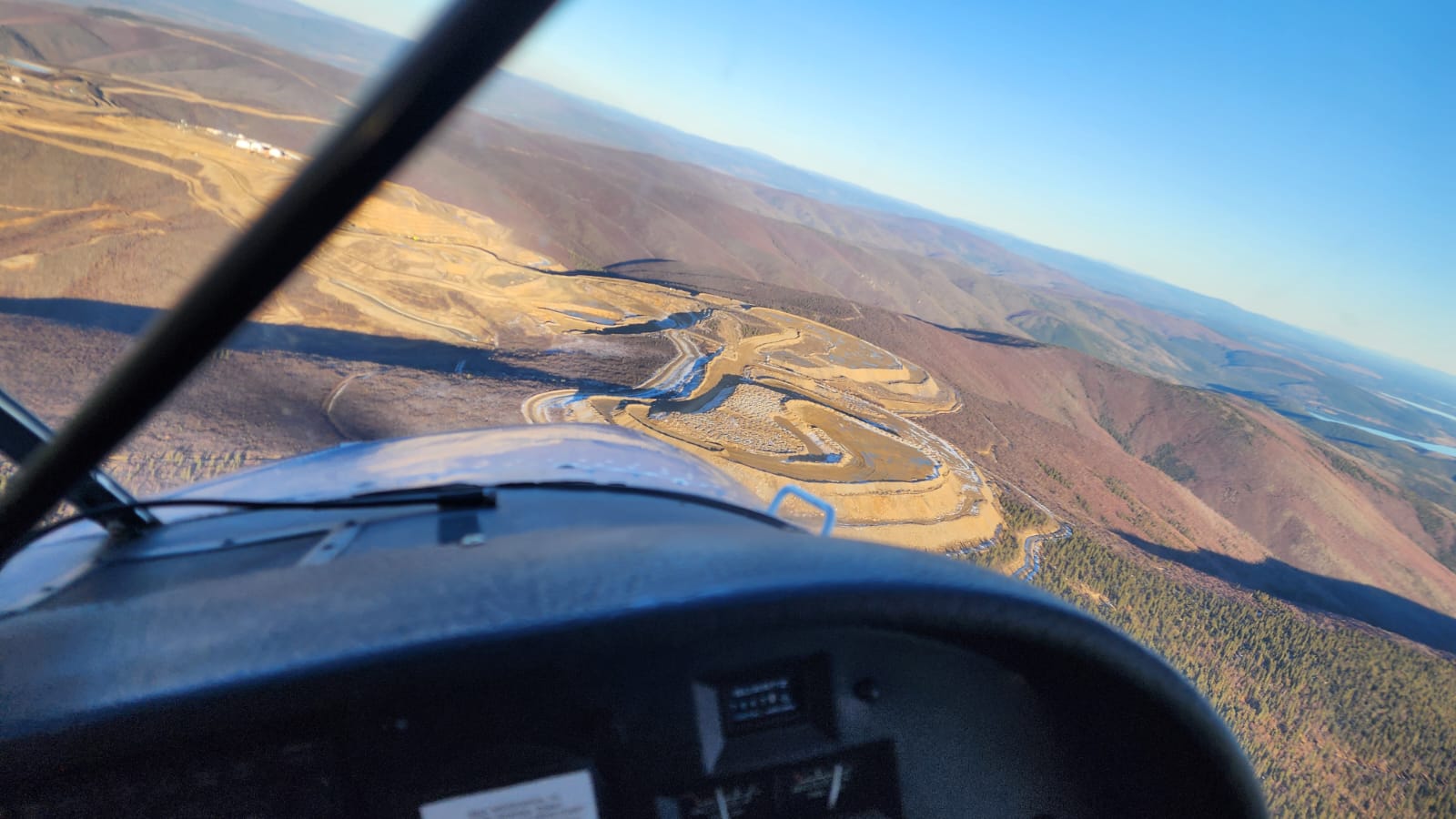Manh Choh a Short Flight Away

The Manh Choh mine is approximately 10 miles south of Tok, Alaska, and has proven to be a transformative development for the region, offering substantial economic and employment benefits. Operated by Kinross Gold Corporation in partnership with Contango ORE, the mine is located on land owned by the Native Village of Tetlin and is accessed via the Tetlin Village Road, connecting to the Alaska Highway. Many local families as well as new families coming into Tok are experiencing the benefits of the mining work being done at Manh Choh.
Economically, Manh Choh significantly impacts the local community. The mine is expected to create between 400 to 600 high-paying, year-round jobs, with an average annual wage of approximately $130,000, excluding benefits. Additionally, the project is anticipated to inject nearly $1 billion into Alaska's economy through wages, contracts, and purchases, with a substantial portion directed toward local businesses in Tok, Delta Junction, and Fairbanks. Numerous locals will also experience growth, training, and certifications in various aspects of mine operations.
Beyond economic benefits, Manh Choh contributes to the preservation of existing employment and commerce all the way from Tok to Fairbanks.
For those interested in experiencing the Manh Choh mine from a unique perspective, flightseeing tours offer an exceptional opportunity. Tok Air Service provides aerial tours that showcase the expansive landscape and the mining operations below. These tours not only offer breathtaking views but also educate participants about the mining process and its integration with the surrounding environment. Engaging in a flightseeing tour can deepen one's appreciation for the scale and impact of the Manh Choh project on the Alaskan landscape and economy. If you have a family member working at the mine an aerial tour can give you a bird's eye view of their day to day working landscape.
The Manh Choh mine serves as a catalyst for economic growth and community development in Tok and the broader Interior Alaska region. Through job creation, local business support, and environmental stewardship, the project exemplifies a model of responsible resource development that benefits both the economy and the community.